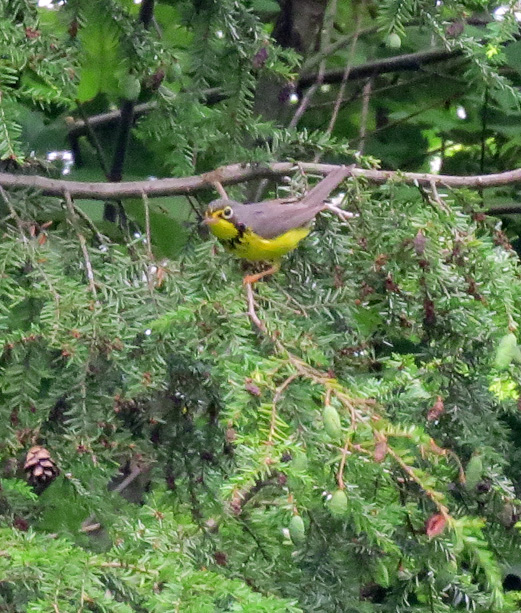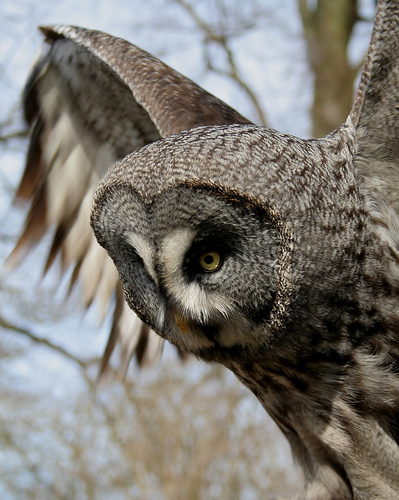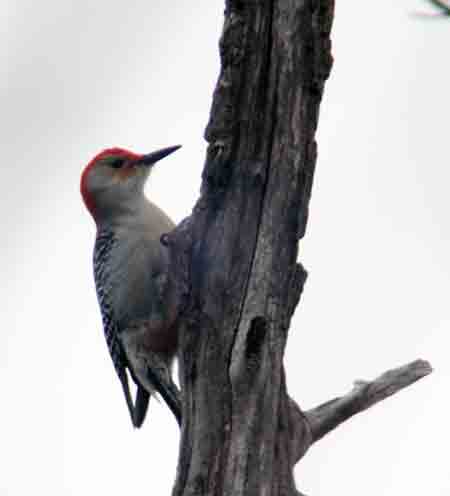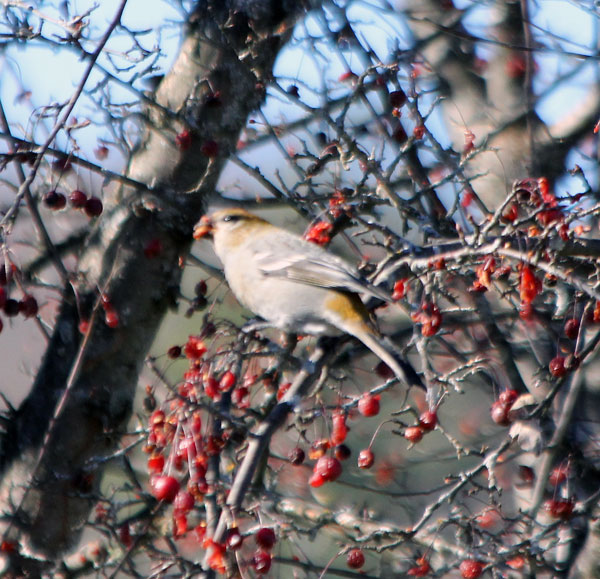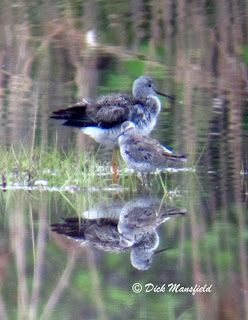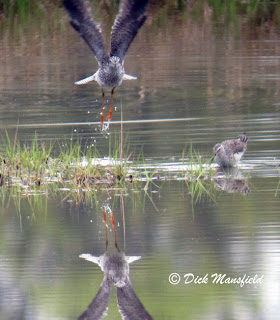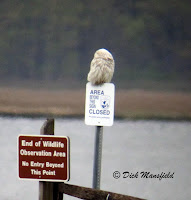I’ve taken a break from birding for the last three weeks, aside from walks with the dog in our woods, as I work on some Airstream projects. Today, my friends at Grow Compost, a wonderful local business, had a day-long event which included a brief afternoon bird walk. A friend of mine was leading it and the owners hoped I might drop by, and so I did with very low expectations. After all, it is mid-afternoon in July.
A few of us gathered including the leader, Patti, and another Mad Birder friend, Pat Folsom. The six of us, after a repast of lemonade and cookies, trudged out by the fermenting piles of compost, aiming toward a Turkey Vulture perch at the end of the property. We saw and heard the usual suspects — Song Sparrows, Ovenbird, American Crow, Black-capped Chickadee and once at the edge of the woods, found a few flycatchers that we finally decided were Eastern Phoebes.
It was fun being out and with some good birders and we ticked off about a dozen species, and then watched a warbler working away, actively feeding. It was pretty plain and of course, silent, so we sort of chalked it up to “unknown female/juvenile warbler.” Pat said, “Sometimes you just have to let them go.” Up ahead, we heard some chipping in a thicket, and stealthily approached, thinking that it might be a Common Yellowthroat. It was pretty aggressive calling and Pat got a glimpse of yellow but that was it. And it stopped.
We waited a while and since the time was over for the walk, had just decided to head back when a bird popped out on a hemlock branch. I spotted it and said, “I see it, it’s yellow, get over on it, Canada Warbler, got it …” I was sure it would disappear but the group got on it right away and sure enough, a male Canada Warbler was scolding us. He hopped around, giving us great looks, and I grabbed this shot of him. (Warblers are tough, they are always moving.)
It was a year-bird for all of us and I was pretty sure that it was a life bird for me. (It was) We realized that it likely had a nest nearby, and that we had likely seen the female earlier. We quietly withdrew, with him still chipping away at us, and finished the outing on a real up note. It got us thinking that we should bird this area more extensively since there are miles of trails up high that have great potential.
The takeaway item for me was: you just never know with birding — sometimes it just pays to show up.

